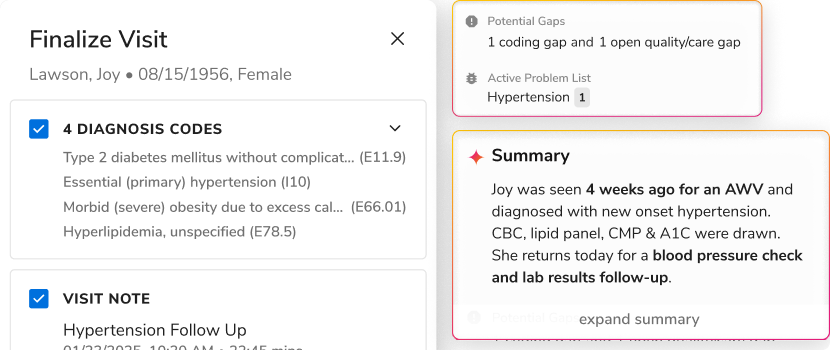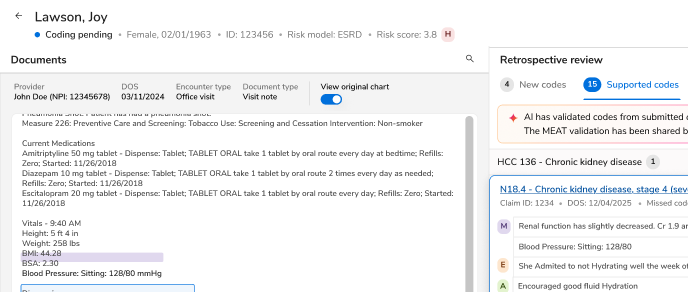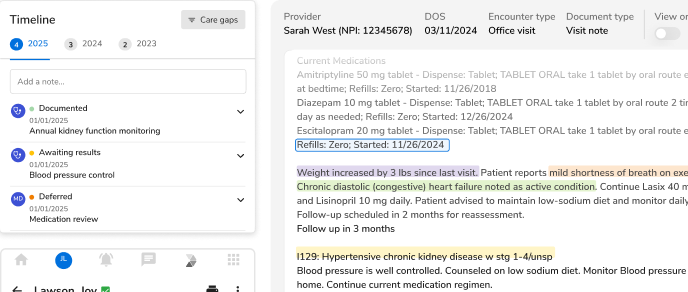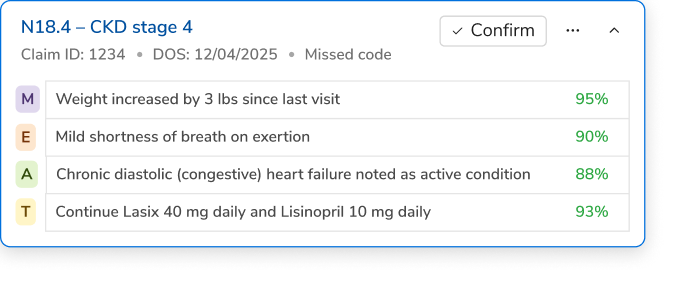From Sidelines to Systems: A Clinician’s Journey into the Future of Healthcare


From ESPN Dreams to Emergency Rooms
Growing up on Long Island, my dreams were more ESPN than white coat with a stethoscope. I imagined myself behind a microphone, and sports commentary was the path I always wanted to pursue.
But one afternoon changed everything. I was 15, lingering after biology class, when my teacher asked a question that changed the whole course of my life: “Have you ever thought about being a physician?” At that very moment, he mapped out the whole path—undergrad, med school, residency, on a single piece of paper which has been with me ever since.
Though the dream shifted, I never left sports entirely behind. I went on to complete a sports medicine fellowship in Philadelphia, where I had the privilege of working with athletes from high school teams to the Philadelphia Phillies. That experience grounded me and paved the importance of being the steady hand behind the scenes, the person who keeps others performing at their best. It also showed me that medicine doesn’t require you to choose between your passions. Sometimes, it connects them.
Witnessing Healthcare’s Digital Revolution
When I reflect on my career, I realize it spans one of the most dramatic technological shifts in the healthcare industry. I often joke, “I took the entrance exam with a pencil and paper and we used to write patient notes by hand on physical charts.”
I’ve lived through it all, the transformation from paper records crammed into lab coat pockets to sophisticated electronic medical records (EMRs) that follow patients across systems and settings. With this shift came powerful applications: seamless documentation, real-time clinical references, and fewer lost records. But it also brought new burdens.
The passage of the Health Information Technology for Economic and Clinical Health (HITECH) Act of 2009 was a turning point. It incentivized the adoption of EMRs but also brought some added challenges.
Bridging the Gaps: Then and Now
The transition wasn't seamless. The promise was compelling: better information flow, reduced medical errors, and more coordinated care. And in many ways, technology delivered. We could access patient records instantly, reference clinical guidelines in real-time, and track patient journeys across different care settings.
But the trade-offs became increasingly clear in my daily practice:
- Documentation grew more time-consuming, not less
- Patient interactions competed with screen time
- Despite all our technological advances, patients still felt lost navigating their own care
Even with years of digital transformation, we were still grappling with the same fundamental challenges I'd observed since my early training days: fragmented systems, siloed data, and patient journeys full of friction. The portability of medical records, something I'd hoped EMRs would solve, remained elusive. As I often tell colleagues, "If I weren't a physician, I'd have a terrible time trying to navigate healthcare myself."
The 21st Century Cures Act of 2016 attempted to address some of these issues by breaking down data silos and empowering patients with better access to their health records. But implementation remained uneven, and the administrative burden on clinicians continued to grow.
But now, we’re standing at the edge of something new.
A New Frontier: AI in Healthcare
My journey, from aspiring sportscaster to physician, from chief resident to healthcare executive parallels the evolution of our field too. We’re moving from episodic treatment to population health, from fee-for-service to value-based partnerships. And that transformation requires clinicians to lead with a broader lens not just patient by patient, but community by community.
As we look towards the future, I see artificial intelligence as potentially a great equalizer we've been waiting for, the technology that might finally deliver on the promises that digital transformation has long held.
- For clinicians like myself, AI can sift through vast amounts of clinical data and surface insights that would otherwise take hours to identify, or might be missed entirely. It can automate the routine documentation that currently pulls us away from patient interactions.
- For the care teams I lead, it represents an opportunity to create the efficiencies we've been seeking in EMR integrations, helping us capture essential information without getting bogged down in administrative tasks.
- For patients—and this is where I'm most excited, AI has the power to solve that navigation problem I've observed throughout my career. I envision a future where after I recommend medication, imaging study, therapy, and specialist referral to a patient, AI helps coordinate and guide them through each step. Currently, most patients struggle with one or more of these follow-through tasks, not from lack of interest, but due to the complexity of our healthcare system.
Perhaps most transformative, AI has that ability to bring us closer to realizing precision medicine, not just as an idea, but as everyday practice. We’re shifting from one-size-fits-all to tailored care grounded in genetics, lifestyle, risk factors, and social context.
Recent legislative initiatives like the Advancing American AI Act signal that policymakers are beginning to lay the groundwork for responsible AI implementation in healthcare. As someone who's lived through one major technological transformation in medicine, I'm cautiously optimistic about this next frontier.
What Comes Next
My vision for the future is both simple and ambitious: a healthcare system that works seamlessly.
- One where technology enables care instead of complicating it.
- Where patients are guided, not overwhelmed.
- And where clinicians feel supported, not stretched thin.
That change won’t happen overnight. But meaningful transformation rarely starts with sweeping declarations. It begins with a different kind of question.
Not, “What can we treat?” But, “How can we help?”
That’s the question that first led me to medicine. And I believe it’s the one that will lead us forward.

.png)





.png)









.svg)
.svg)

.svg)

